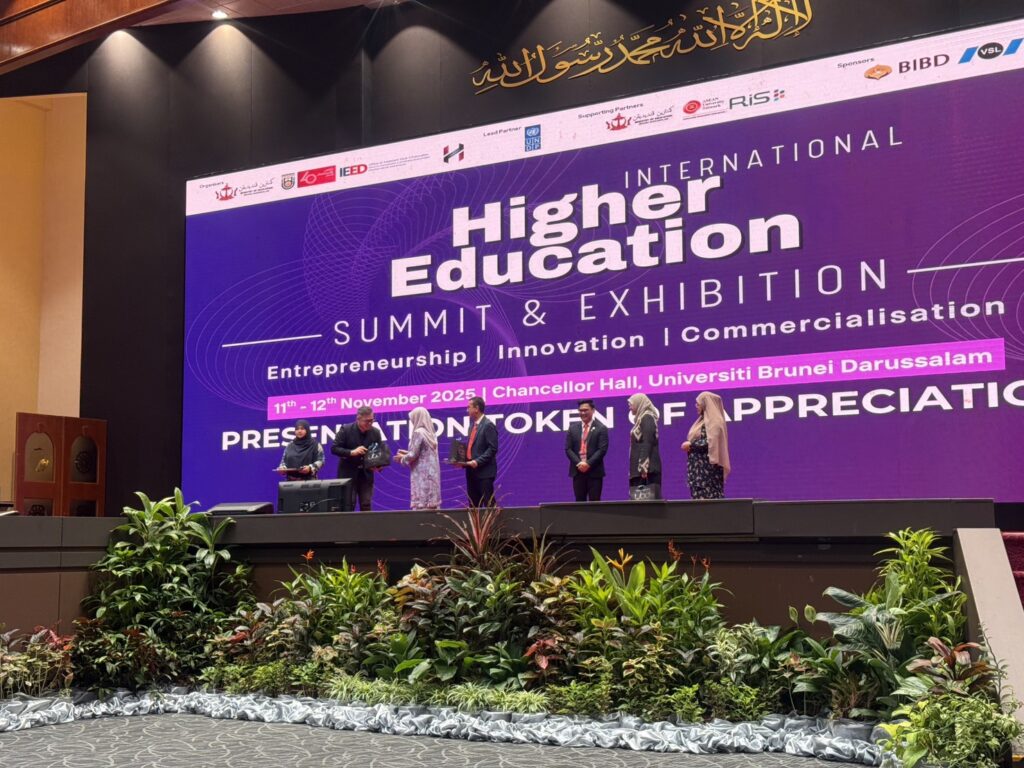On 11 November 2025, CSII’s Deputy Executive Director Dr. Ronnakorn Vaiyavuth took the stage at the International Higher Education, Entrepreneurship and Innovation Conference (IHEEIC 2025) at Universiti Brunei Darussalam. His keynote, “HEIs and Regional Development: Building Sustainable Innovation Ecosystems,” centred on one simple idea:
Universities have to stop acting like siloes and start acting like ecosystems.
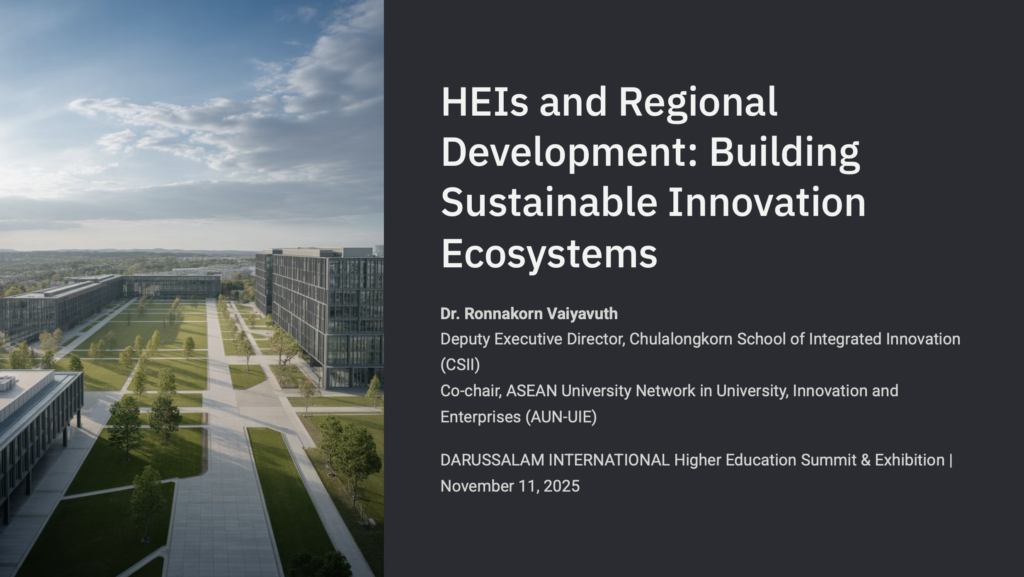
The Great Disconnect
Dr. Ronnakorn described how most higher education institutions already have a powerful “Triple Engine” of education, research, and entrepreneurship. The problem is not a lack of talent, technology, or funding.
The real issue is what he called the “Great Disconnect”:
- Research that stays in papers, not products.
- Graduates who are experts on theory but need retraining in practice.
- Entrepreneurship that runs as a side activity, not connected to labs or curriculum.
In short, the engines are there - but they don’t run together.
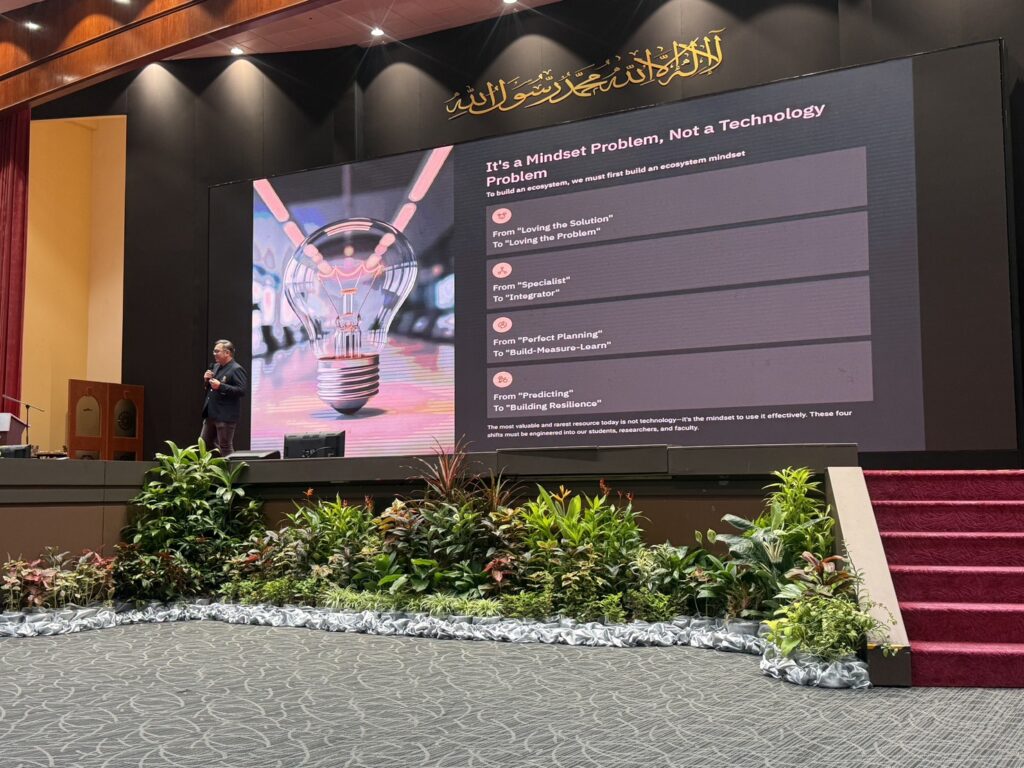
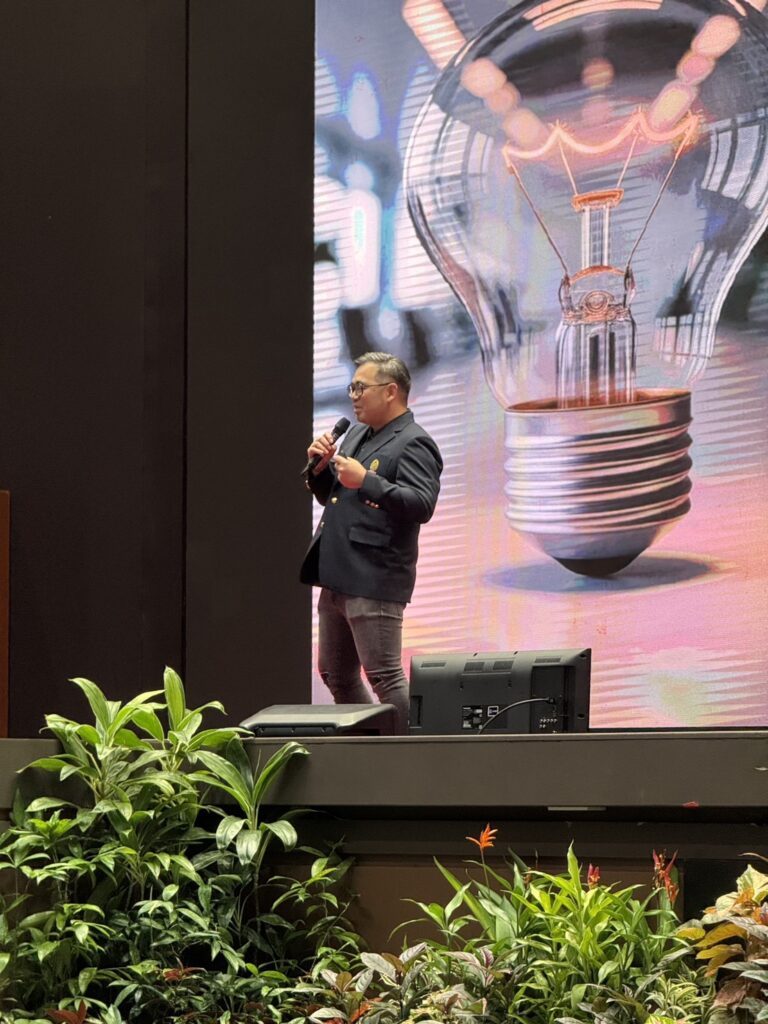
CSII as an “ecosystem, not just a School”
To show what an alternative could look like, Dr. Ronnakorn used CSII as a case study.
At CSII, we have deconstructed the traditional university model entirely. Our curriculum is purposefully designed on three integrated pillars that cultivate these new mindsets while seamlessly connecting education, research, and entrepreneurship into one unified engine: students build an “integrator” mindset through an Integrated Core across technology, business, and social science; they move through a Project-Based Journey that puts them inside real community and industry challenges; and the most promising ideas are carried into our Innovation Ecosystem and A-School accelerator, where teams are coached to move from idea to prototype to market.
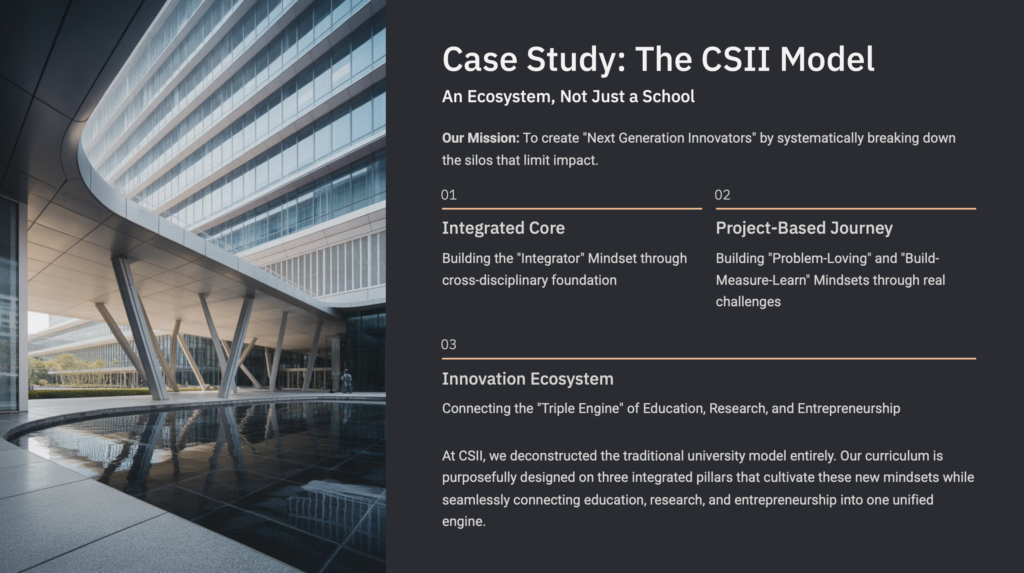
Underneath the structure is a mindset shift:
- From “perfect planning” to “build–measure–learn” through quick experiments.
- From narrow specialists to integrators who can connect disciplines and stakeholders.
The goal is to graduate T-shaped innovators who don’t just look for jobs, but can also build resilient ventures and solutions for real problems.
Why this matters for ASEAN
Speaking also in his role as Co-Chair of the ASEAN University Network on University Innovation and Enterprise (AUN-UIE), Dr. Ronnakorn framed CSII’s model as a blueprint that can travel.
Different countries will have different constraints, but the principles are shared: break the siloes, align the Triple Engine, and treat the university as part of a wider innovation ecosystem - not an island.
For CSII, being in Brunei was more than a keynote moment. It was a chance to contribute to a regional conversation on how ASEAN universities can work together to turn ideas into impact.
And if there was one takeaway from the session, it was this:
the future belongs to institutions willing to redesign themselves as ecosystems - and CSII intends to stay in that conversation.
